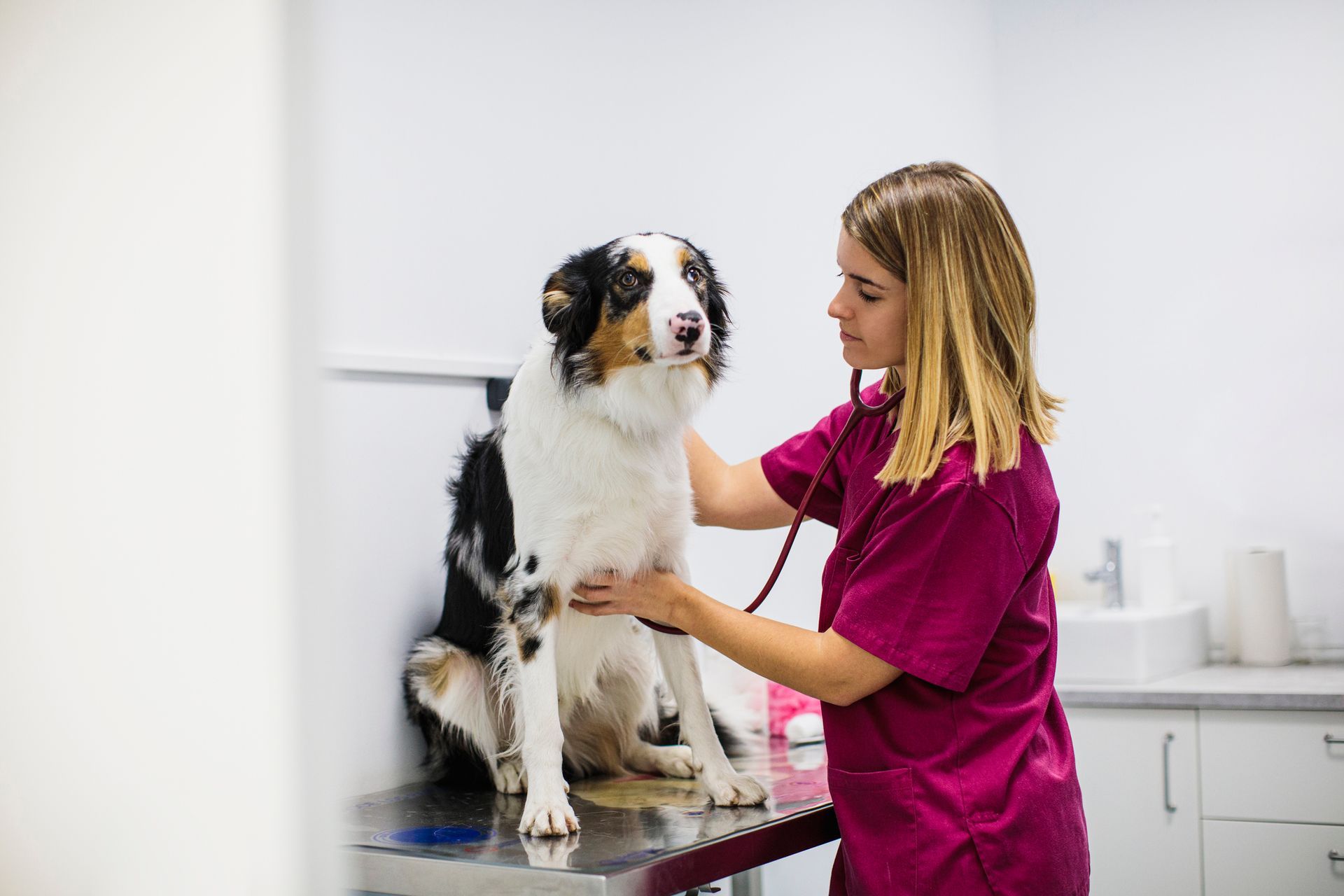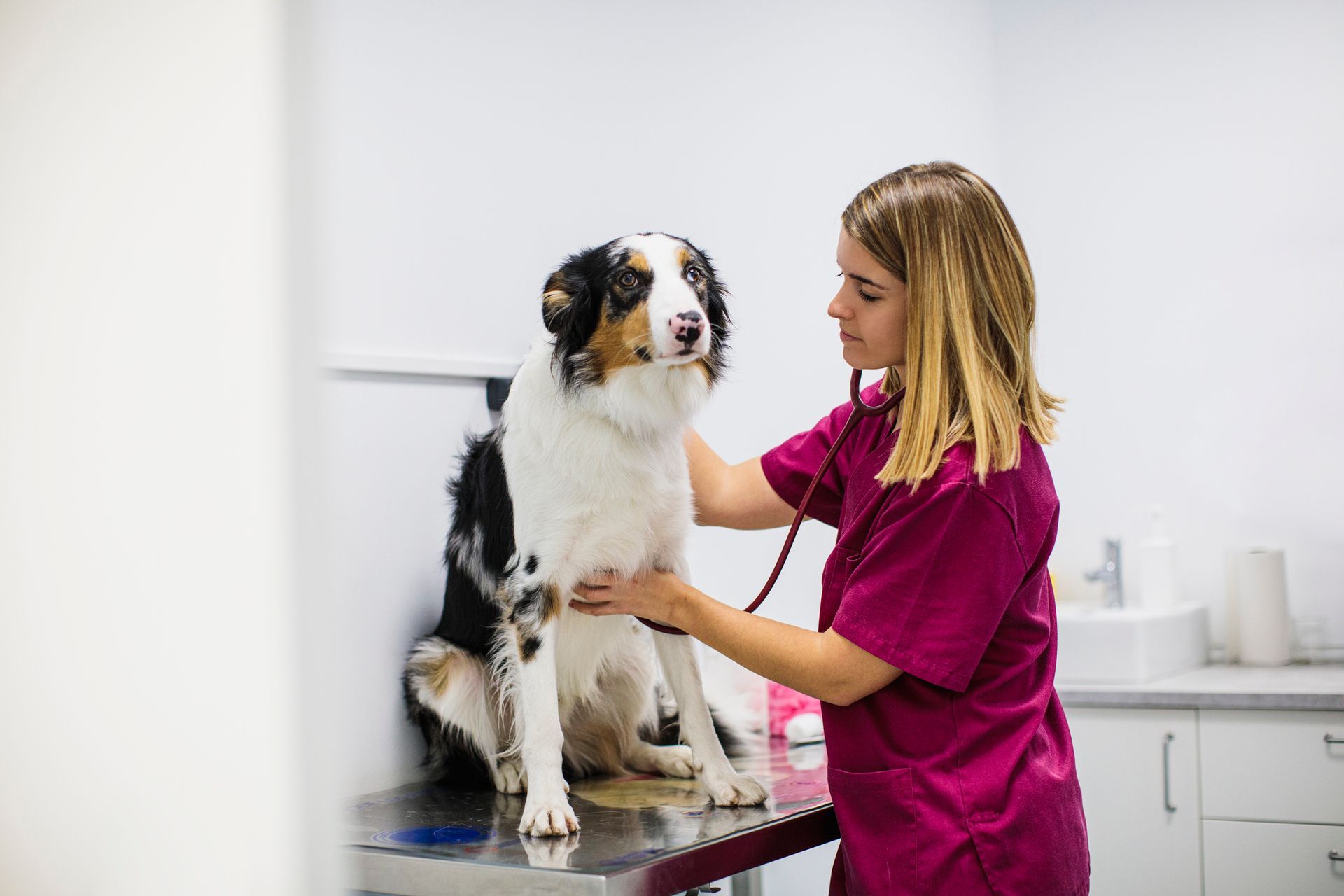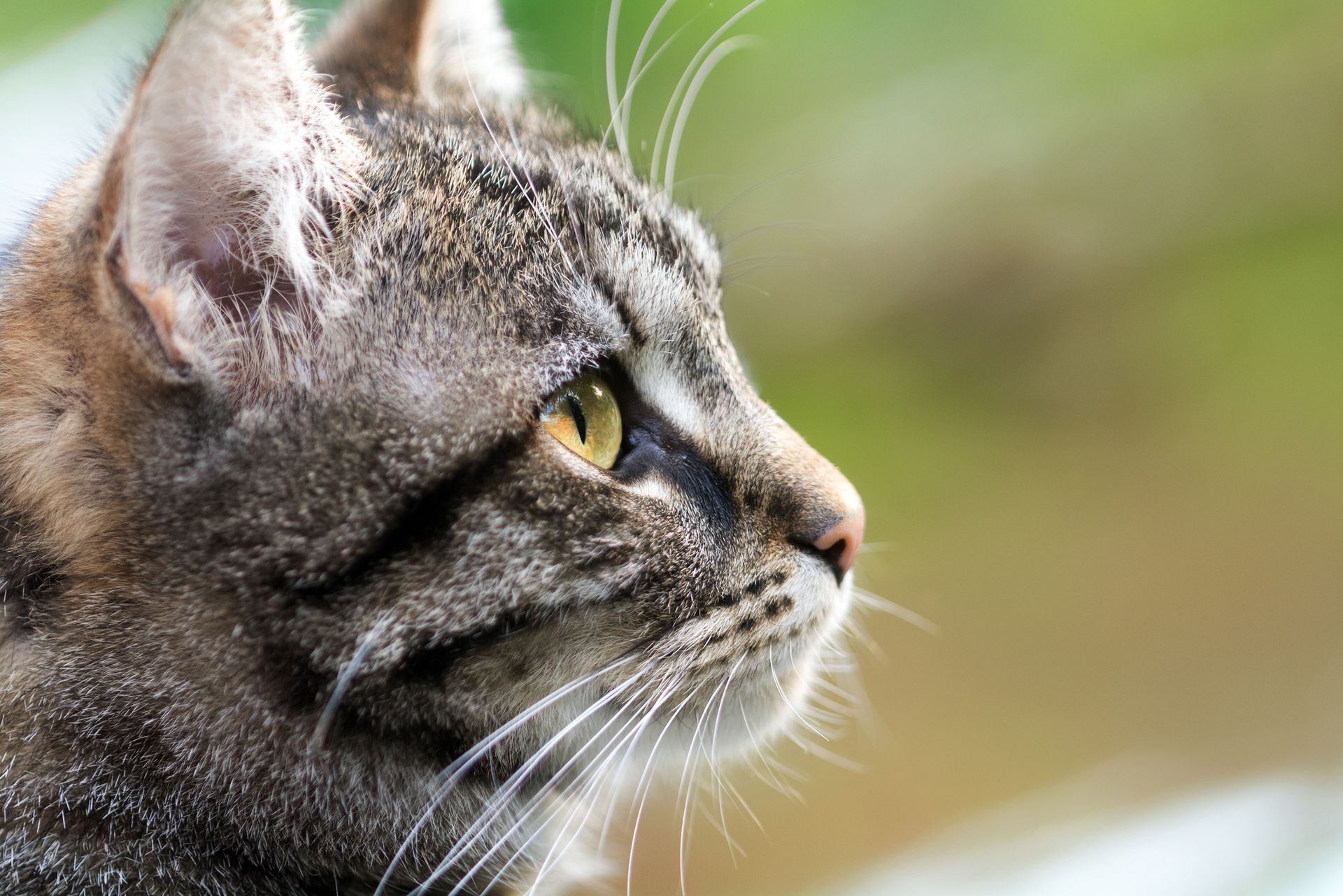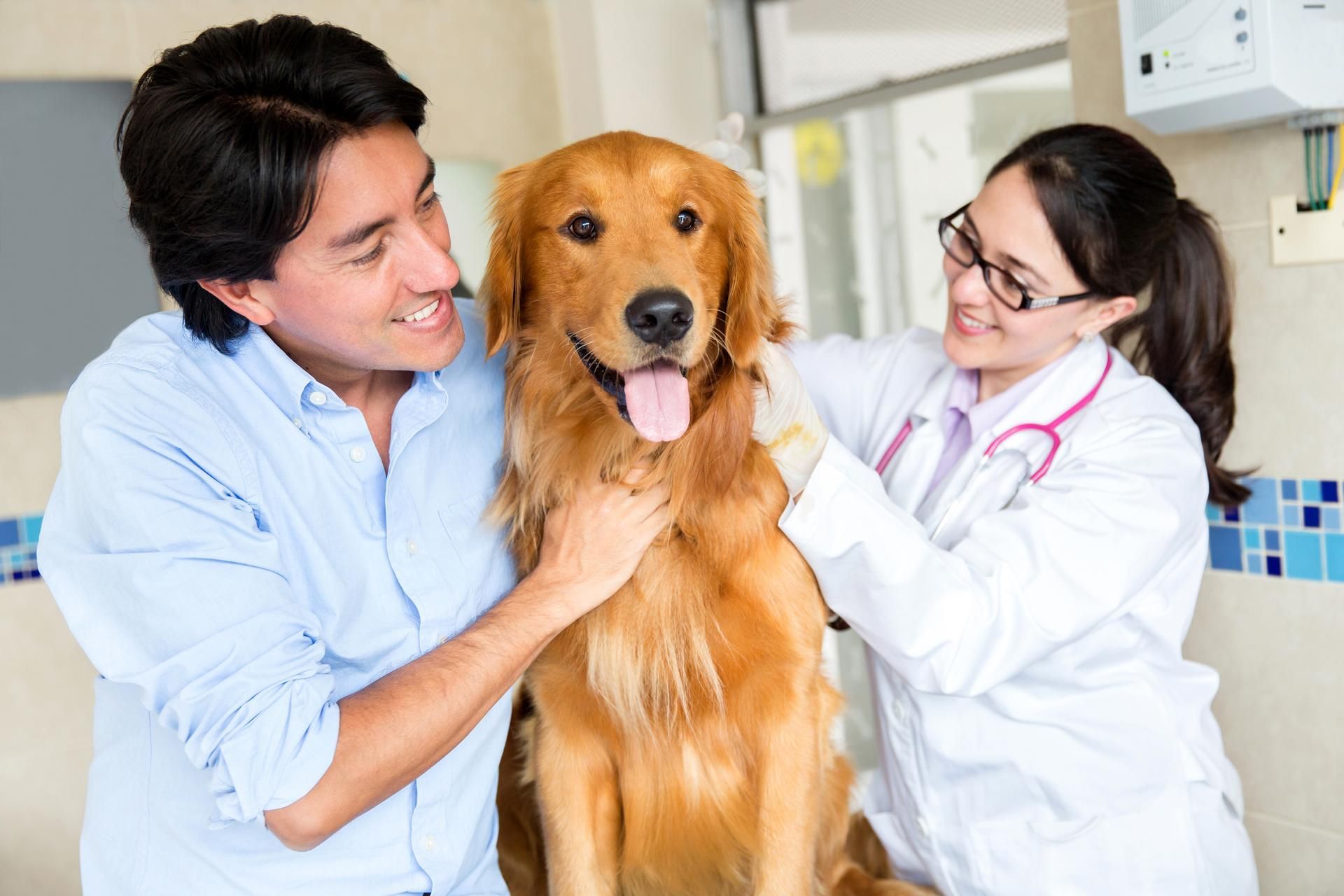4 Mistakes Parents Can Make When Buying Children a Pet

Owning an animal is often an exciting time for a child. A new pet gives a child something to bond with and can create great connections and memories that last a lifetime. Unfortunately, the excitement of a pet can often lead to some mistakes and errors that parents unknowingly make with their children.
As you decide which pet will work best with your child, learn about some of the more common mistakes to avoid in the process. With some awareness and education, but you and your child can become caring pet owners.
1. Going Into Pet Ownership Blindly
Introducing a living animal into the home is a big undertaking. If your child will be the primary owner of the pet, then they need to learn the proper ways to handle the animal. Instead of using a live animal, consider a replica stuffed animal to represent the pet.
Through multiple trial runs, you can showcase the care and attention a pet needs. Show the child how to properly carry a pet, if the pet can be carried. Showcase sensitive areas of an animal that a child should not make contact with.
Along with the stuffed animal, watch educational videos or use apps on a specific breed to learn about their traits and habits. For example, a miniature dachshund is known for having back and spine issues. You do not want the child to let the dog jump from high areas or hold the animal in a way that will injure their backs.
Through education and training, a child will understand the seriousness of pet ownership and how important treating a living creature is.
2. Avoiding Vet Care and Emergencies
One of the first steps to take when you purchase a new pet is to make a vet appointment. A wellness check and vaccine appointment will keep the pet healthy and get the animal off to the right start. Ideally, bring your child to the vet appointments. Parents who leave their children out of the appointments can keep them away from important information.
At first, bringing the pet and a child to an appointment may seem like a lot. However, when they have the responsibility of a pet owner, a child will be more likely to step up and help care for the animal. A child can see the vet office, listen to the doctor, and understand the proper care specific animals need.
For example, if a pet has an emergency treatment or procedure, you will want the child to hear about the post-care options and what to avoid. If the pet is brought back home, a child may not be completely aware of the seriousness of an injury and the important steps within the healing process.
3. Ignoring Daily Care and Responsibility
Pets are a lot of work. Too often, parents buy their children a pet and then end up doing a lot of the work themselves. As you bring a new pet into the home, remain resilient about the daily care and responsibility to care for the pet. This includes feeding the pet, going for walks, and cleaning after accidents.
This is why an authority figure like a vet can help a child step up. When the words come from an animal professional, a child may take those more to heart and provide the proper care necessary for the animal.
Figure out the best methods to help your child thrive in pet care. For example, a child may rely on a daily sticker chart with reminders of tasks. Another child may need a daily checklist that is written out. When you make pet care a part of the normal routine, every element will eventually fall into place.
4. Buying a Replacement Pet
Unfortunately, many humans will outlive their pets. This is just a natural part of life and something we have to accept. In the past, when pets have died, parents often look for an identical substitute so the child doesn't get upset. This is especially common for smaller animals like goldfish or hamsters.
Buying a replacement pet is the wrong option for many reasons. First of all, you shouldn't ignore grief. When a pet dies, give a child to mourn and process the situation. Death is hard, but children are often understanding and resilient. A vet's office will often give a family time to say goodbye to their pet and share some moments with the animal after they've passed.
You probably do not want to put off the situation and begin an unrealistic pattern of just replacing the pet. Use the situation to teach children about death. Even if the child knows about the pet's death, you do not need to buy a replacement right away either. Allow a child to grieve for the animal and know that pets are not just replaceable when a death occurs.
For more information on vet services, contact us at South Seattle Veterinary Hospital. Not only can our vets help with your new pet, but they can explain things clearly to your child to help them become a responsible pet owner.










